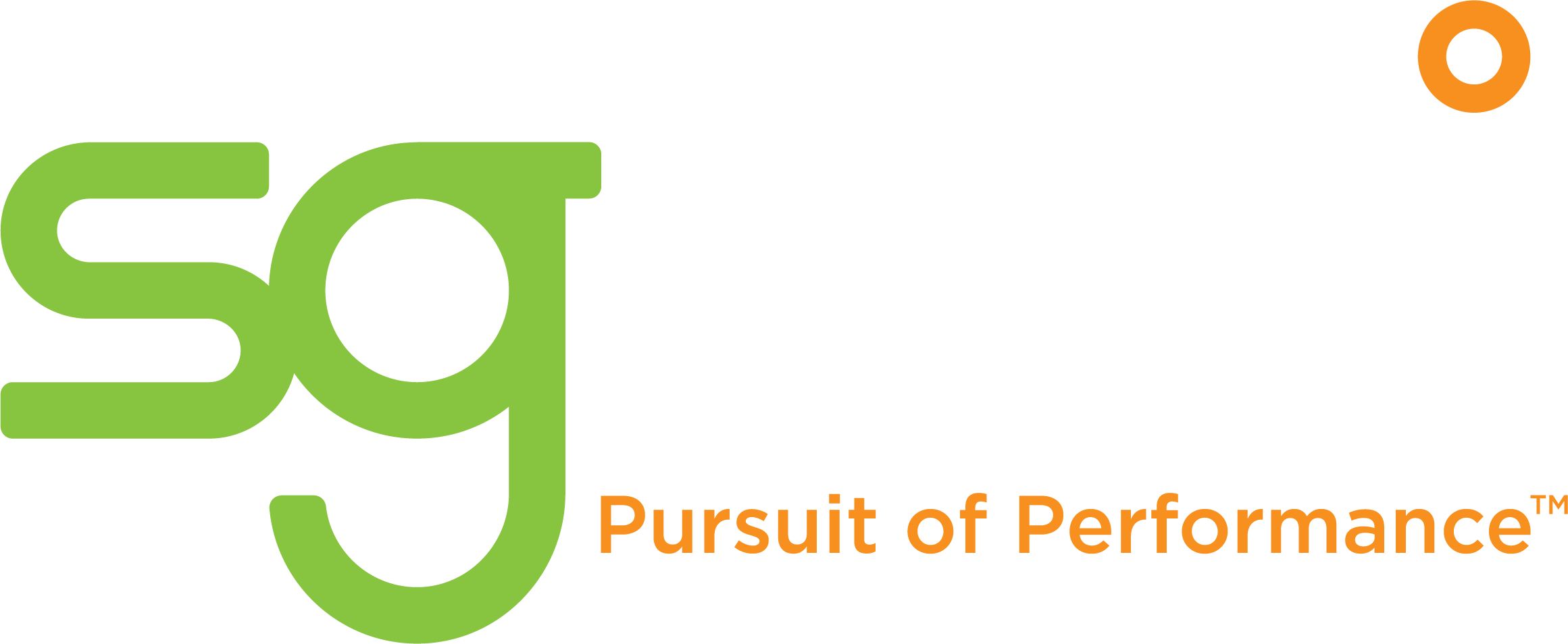80% of U.S. donations come from individuals, and 60% of American households participate in charitable giving of some kind. Yet, non-profits of all sizes leave a lot of potential funds on the table by not prioritizing donor relationship development. Common donor acquisition and nurturing challenges include:
- Lack of connection: If prospects don’t feel a strong emotional connection to your mission and your message, they are less likely to want to contribute.
- Poor timing: It’s important to reach your donor base at the right point in their journey.
- No follow up: Donors like to see the impact they’ve made to be inspired to continue making donations. Otherwise, donating can feel like throwing money away.
In this blog post, we’ll explore strategies you can use to develop new donor relationships, increase donor retention, and continue nurturing your donor and prospect base to achieve your mission.
Overcome donor relationship challenges
Despite the attention increasingly given to digital channels, a data-driven omnichannel direct mail appeal is the most effective way to build support, grow your donor base, and increase revenue.
The response power of direct mail to drive memorable emotional connections increases donations and return on marketing investment, especially when paired with other touchpoints as a reminder. But this all starts with making sure your direct mail tech is up to the task.
Choose a direct marketing partner that enables you to plan, execute, and track the success of your appeal across all channels in one dashboard. Ensure they can analyze your donor data for key metrics and insights, and can enhance that data with sophistication and speed. Successful hyper-targeted appeals require the freshest information possible.
By focusing on the following four key areas, you can benefit from an appeal that resonates at the exact right moment to inspire the best possible outcome for each individual.
1. Know when to reach out.
With so many potential touchpoints, it can be difficult to know when to make the ask. But having a 360-degree view of zero/first-party and third-party prospective donor data allows for data modeling that maximizes responses and donation amounts while lowering your cost of donor acquisition. The right solution illuminates where potential donors are in their journey, and what next steps you need to take to cultivate the relationship, solicit at the right time, and follow up with a thank you.
When you interact with an individual based on their interests and actions, you create a customized path for them to follow. In the end, the “big ask” will be a more natural and positive opportunity for generosity.
2. Use design to drive engagement.
Direct mail is so successful, in part, because its physicality excels at triggering emotional responses. Lean into that with designs that highlight your story’s most critical elements. Showcasing relevant, personalized messaging and visuals helps create lasting emotional impressions with your audience.
Freemiums like personalized return address labels or desk calendars, encourage donations in gratitude for the gift. Increased physical interactions (unfolding, etc.) elicit further reader engagement. Direct mail strategists can help you test designs proven to automatically lift results.
3. Communicate details around your need.
Everyone knows non-profits need money. But general appeals for cash, absent details, lead to questions about exactly what the money will be used for. Is it going to mission-critical needs, or general overhead? There are readily available sources (e.g., Charity Watch) that rank charities based on what percentage of their fundraising supports the mission.
If you’re not proactively communicating the need, prospective donors may hesitate to act. They want to know, “How much of what will my likely donation amount buy for the cause?” “Is my contribution going to make a difference?” People tend to be more supportive when informed how the requested donation will be used. “Help us build shelters for victims of Hurricane Ian” is more effective than “Please help”.
If your appeal is not targeted to a specific need (e.g., building shelters), then explain how donations help the mission in general. “Our advocates work hand-in-hand with officials to identify at-risk teens and get them the help they need”, e.g.
4. Acknowledge achievements accomplished with past gifts.
Don’t leave donors wondering if their contribution made a difference. Be proactive about recognizing your supporters for the positive impact they’ve had on your mission.
Communicating thanks should be considered as carefully as every other phase in the donor journey. Showing a donor that their gift has been put to good use makes them feel appreciated and confident in their ability to make a difference. This motivates the donor to give again and again!
Expert analysis, a versatile production platform, and increased donor satisfaction are critical to protecting and growing your non-profit’s donor base. Equip yourself with a deep understanding of each of these areas and you’ll be able to increase donor acquisition, secure larger donations, and accomplish your mission.
Want more donor acquisition tips?
Download our guide to unlock four data-driven tips for creating a competitive edge and securing more donations in today’s crowded non-profit landscape.

